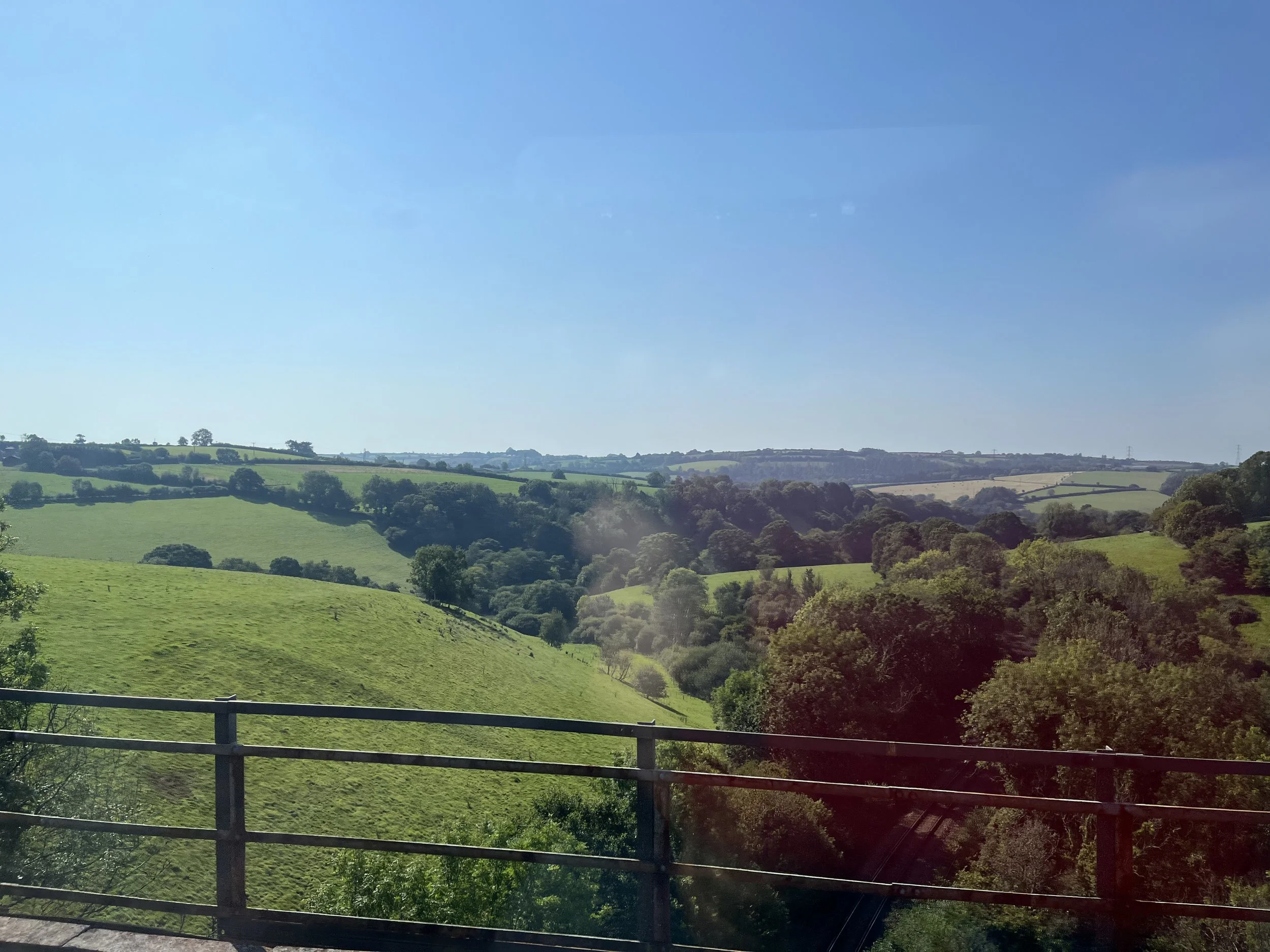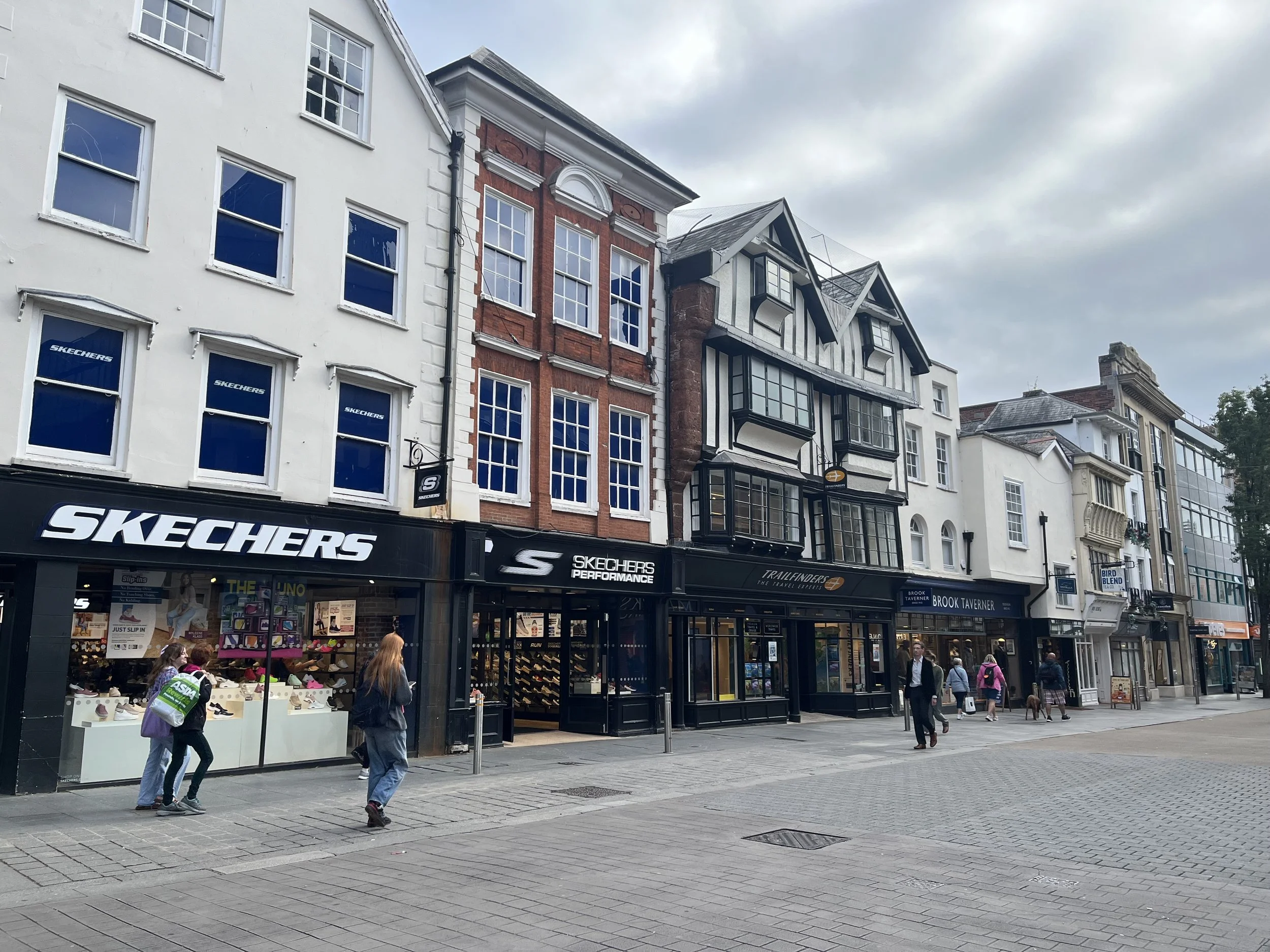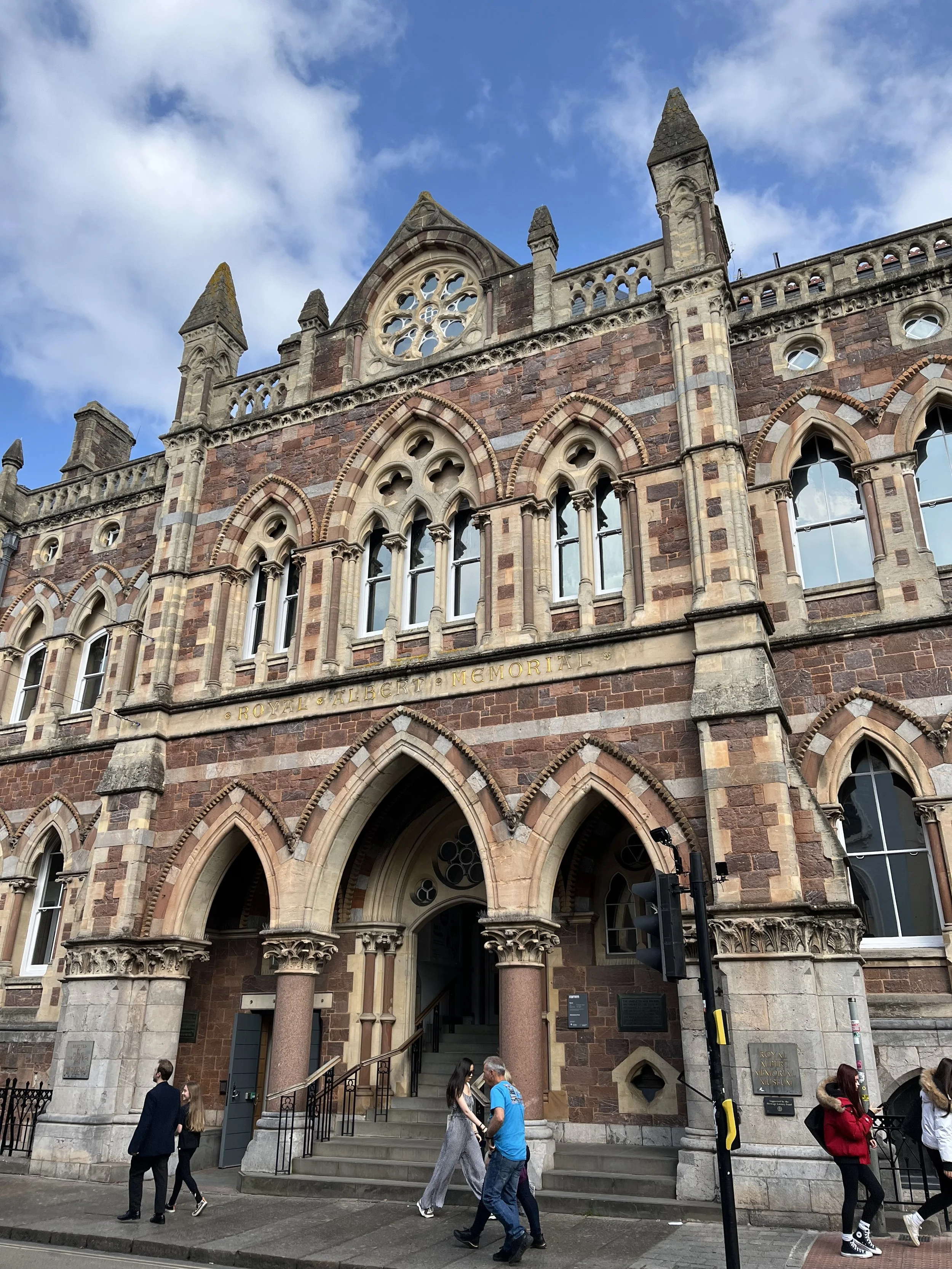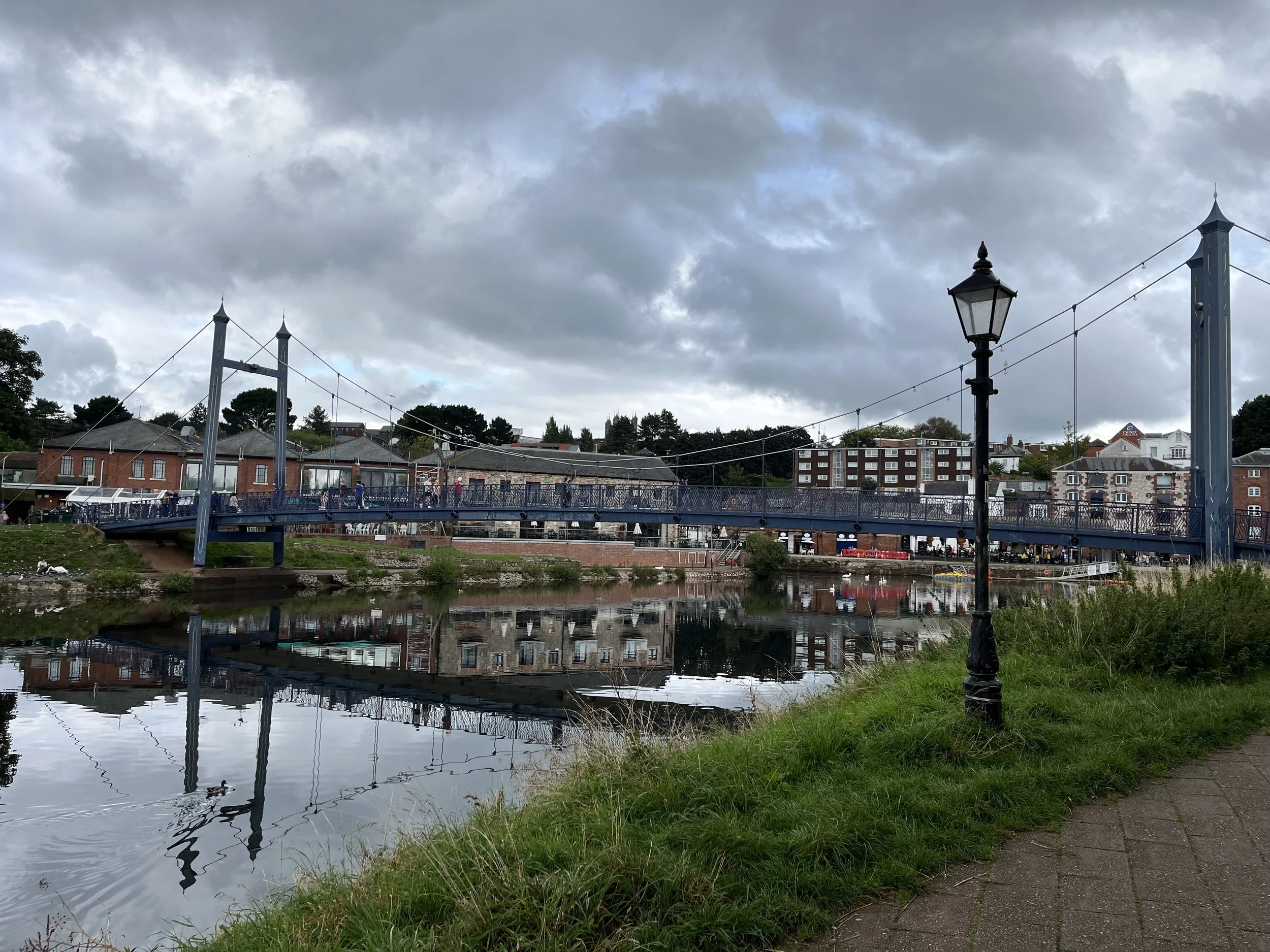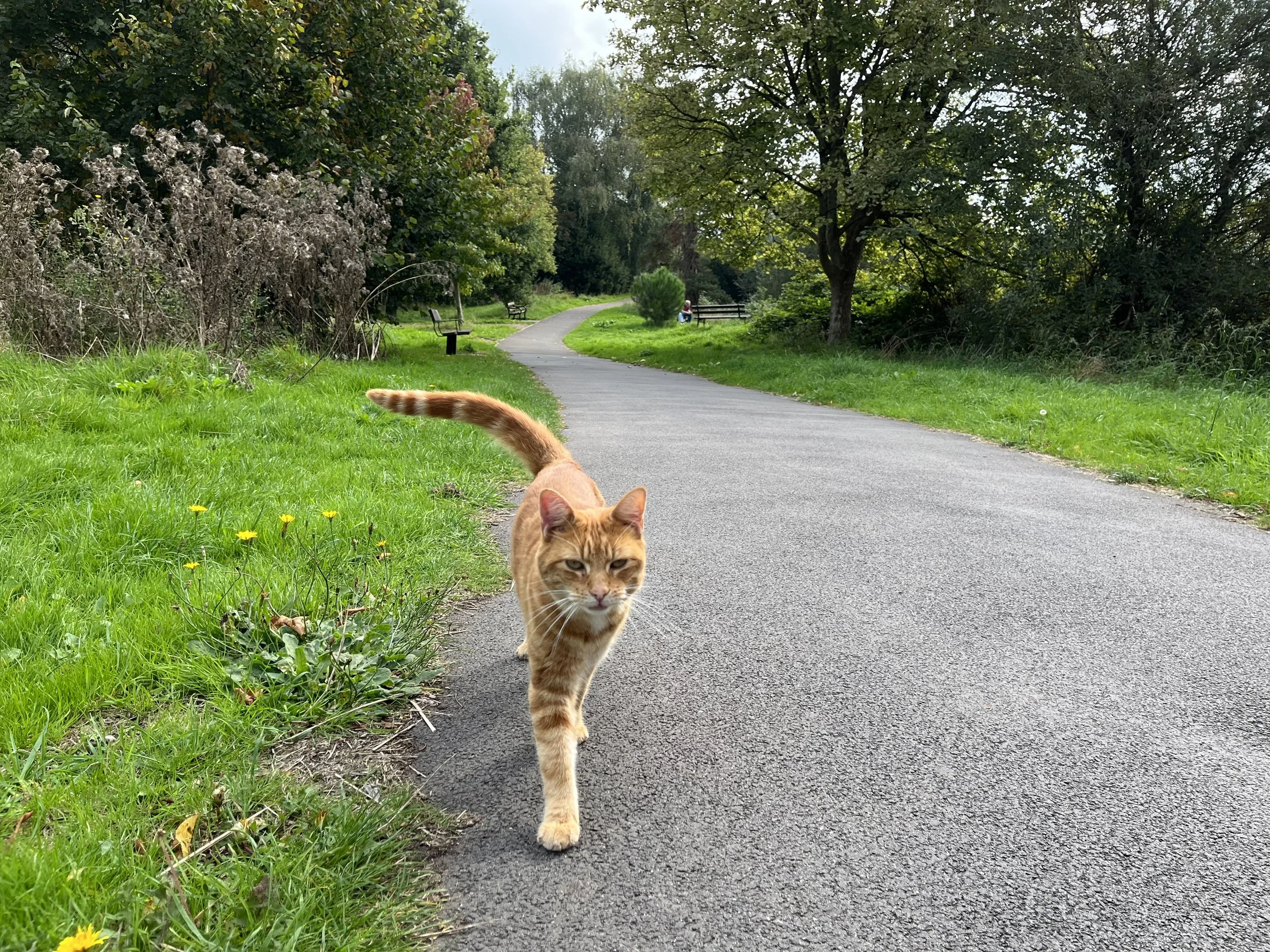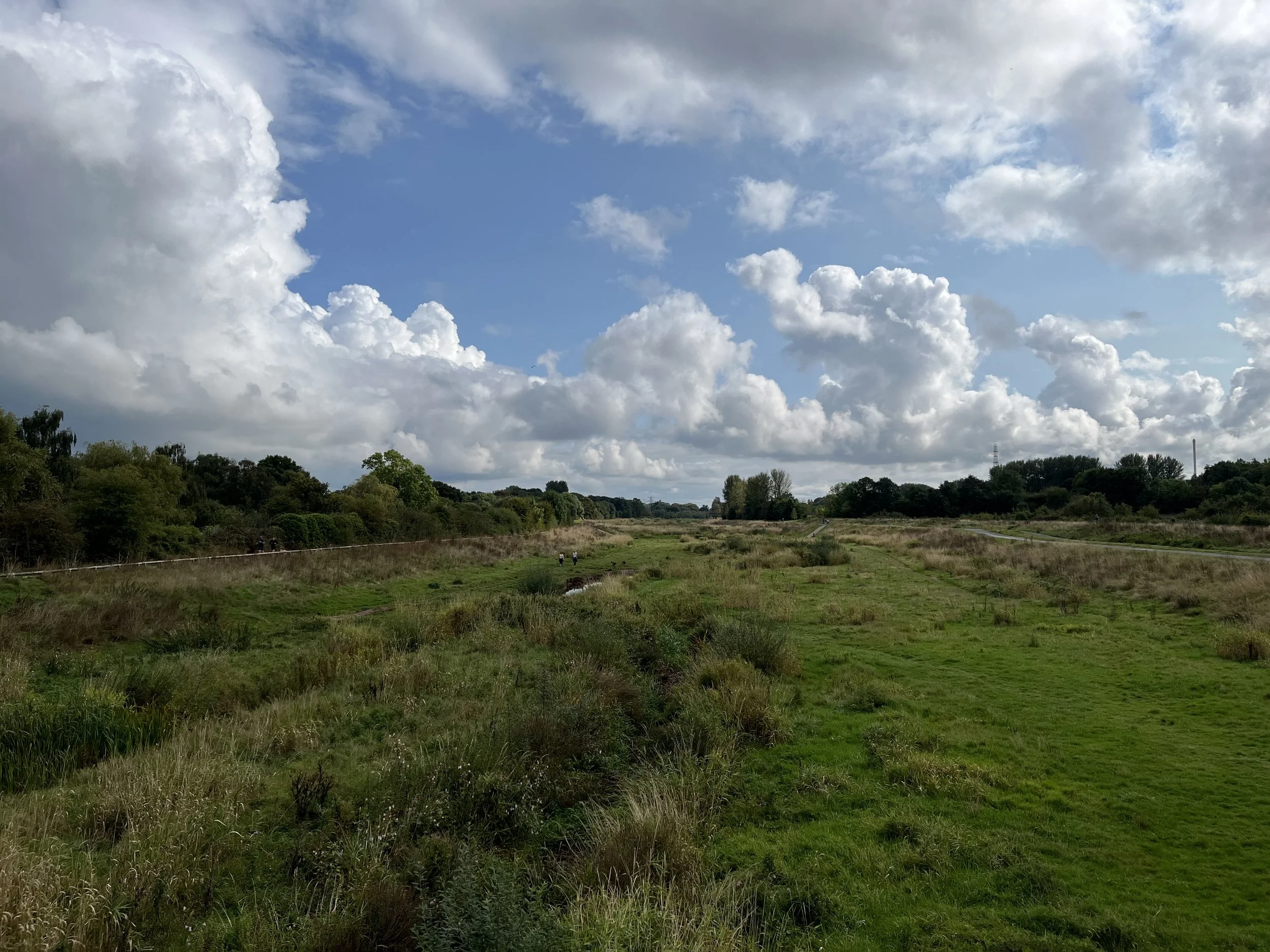One of the museum’s standout features is Gerald, a 17-foot-tall stuffed Masai giraffe. He has been voted a museum favorite many times, and it’s easy to see why. There’s something charming about Gerald, as if his personality lives on through his grand display.
In the Exeter city history section they had a collection of audio recordings and artifacts from the Exeter Blitz in World War II. It was especially moving, knowing that my granny and her parents had survived that terrible time.
Between 1940 and 1942, Exeter was raided 19 times, with the most devastating attack occurring on May 4, 1942. On that night, the city was hit with 75 tons of high-explosive bombs and over 10,000 incendiary bombs. Tragically, 156 civilians were killed, 563 were badly injured, and around 1,500 buildings were destroyed or severely damaged. The museum had done a remarkable job recounting the night and honoring those lost.
